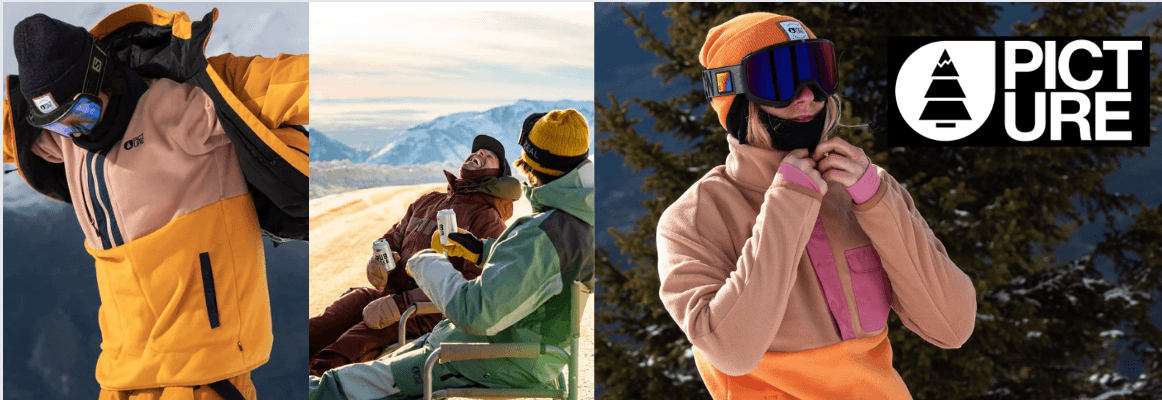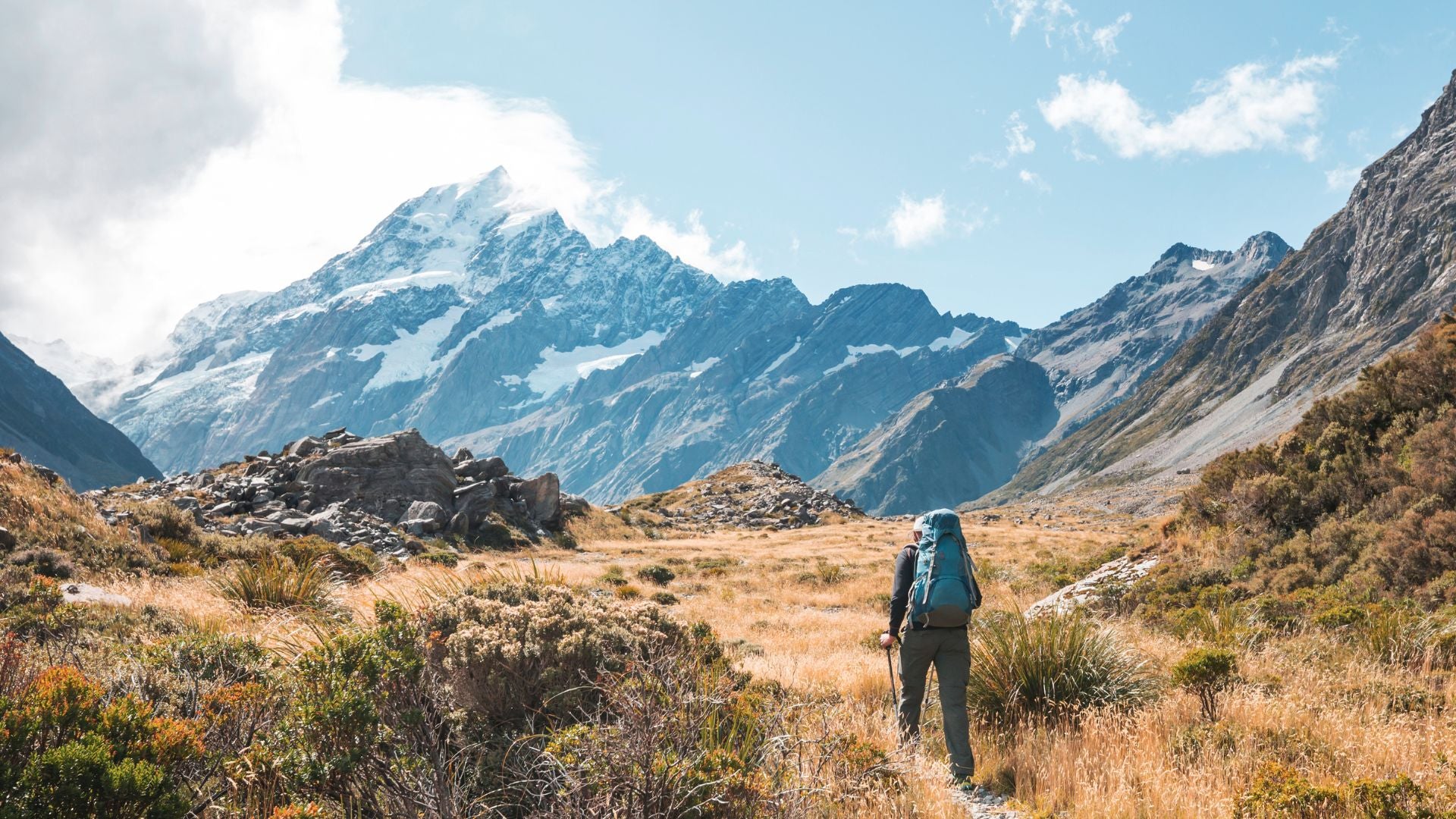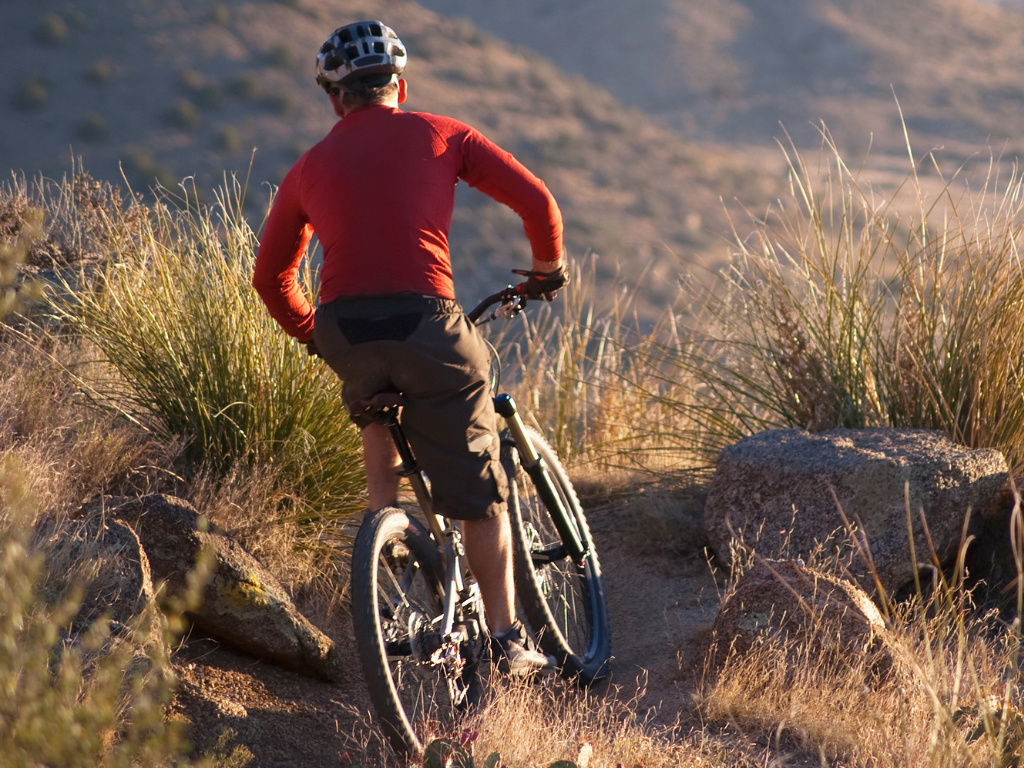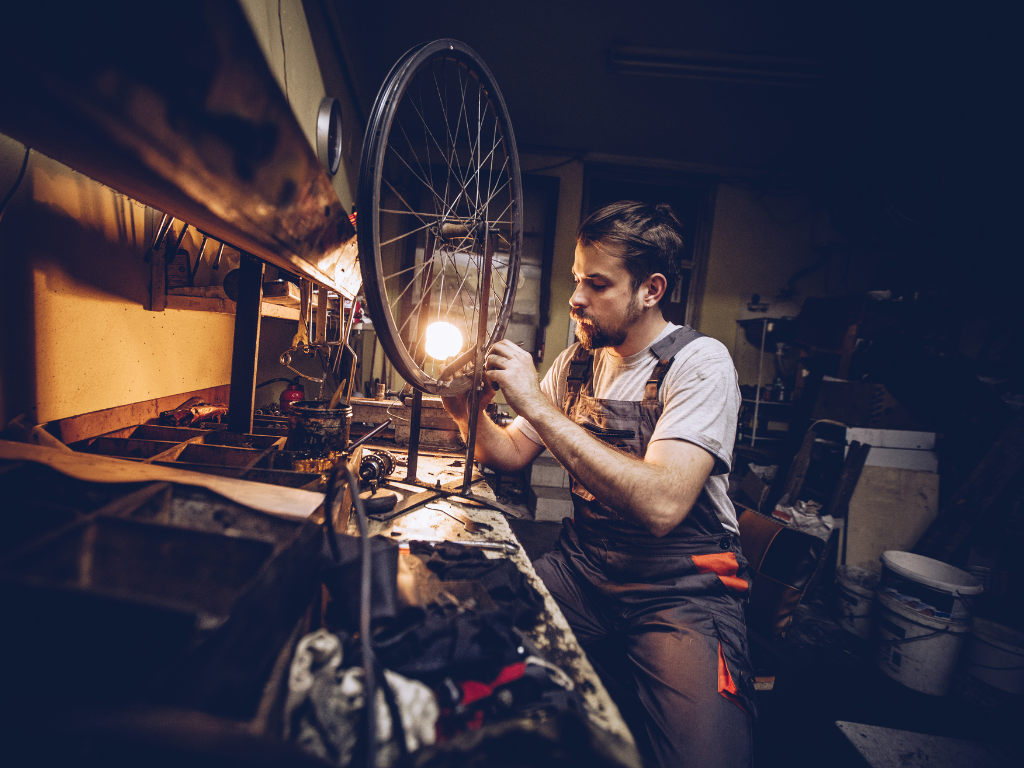
Ride, Protect and Share. The Picture Organic Clothing story.
Picture comes to us from Clermont-Ferrand a town in central France with a unique location. From there just a few hours’ drive will take you to world class surfing beaches, challenging mountain bike trails, and spectacular hiking, climbing, and skiing in the Alps. Given all that, it’s only natural that it’s home to a core brand for passionate outdoors adventurers.
But what really sets the Picture Organic Clothing company apart in the busy world of outdoor apparel brands is its trio of founders’ devotion to doing absolutely everything in the most environmentally responsible way possible. They want to help unleash the adventurer within you in ways that don’t harm the planet.
Picture’s Mission Statement

Ride. We are snowboarders, skiers, surfers, explorers, adventurers, photographers, video makers, navigators, artists, activists, environmentalists, who, through our passions, are effecting change.
Protect. Since day one, we have always sought to push one step further to minimize our ecological impact.
Share. Sharing our adventures, our experiences, our expertise and our best practices: we are a community, a family committed against climate change.
Climate action and maximum transparencyPicture has been a B Corp Certified company since 2017. B Corp Certification is difficult to achieve and requires passing audits for a whole range of commercial best practice, including sustainability, financial transparency, staff welfare, CO2 emission, energy and water use, and the environmental standards of its suppliers.
Incidentally Outside Sports recently began our own B Corp Certification journey, and we’re aiming to gain certification in 2025.
Now let’s take a look at what goes into Picture technical outerwear and why their approach makes them a brand that aligns so well with our own.
Organic cotton92% of the cotton Picture use is grown organically in Turkey, which reduces Pictures carbon emissions by 46% and its water use by 93%.
PFC-Free water repellentPFC (perfluorinated chemicals) are used by many brands in the outdoor industry to give water repellent properties to their technical fabrics. However PFCs don’t breakdown easily and can be toxic to humans and animals. That’s why Picture us a 100% PFC Free coating called Teflon EcoElite™.
Picture take it one step further in the lining of their garments. The scraps of fabric created during are reused in the linings in their jackets, sleeping bags, and every lining is a unique mix of colours chosen at random. Picture are also investigating bio-recycling technologies with the aim of being able to completely recycle their technical apparel by turning old fabric into new threads.

Circular Polyester
Circular polyester involves collecting and recycling used clothing made from 100% polyester fabric and then reconstituting it in a process called depolymerising to create ‘fresh’ polyester fabric. Circular also uses the fabric scraps from the apparel manufacturing process. The average composition of a garment made from circular fibre is 60% fabric scraps and 40% used clothing.
Avitera SE dying
Dying can be one of the most toxic parts of manufacturing cotton clothes. The Avitera SE process Pictures uses reduces their water and energy consumption by 50%.
Repair don’t replace
Picture want you to be able to use their apparel for as long as possible – that means fixing rather than replacing if they get damaged. Doubling the lifespan of a garment by repairing rather than replacing avoids unnecessary greenhouse gas emissions because there’s no need to make a new one. Picture’s New Zealand repair centre is located in Christchurch.
So if you like the sound of snow and outdoor gear that cares for our natural environment as much as you do, then maybe you should invest in some Picture Organic clothing. The new Picture Winter 24 range is available now - online and at our stores at Queenstown, Wanaka, Tekapo, and Te Anau.



